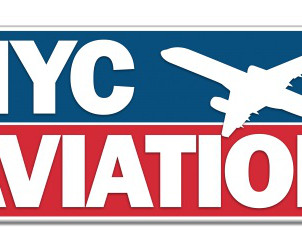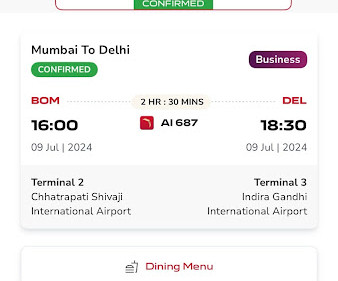Heads-up, hands-free: How to use iPad audio alerts for safer flights
iPad Pilot News
MARCH 11, 2025
AGL (or when AGL is unknown), the descent rate exceeds 4,000 ft. AGL and the descent rate exceeds 3,000 ft. AGL, the descent rate is between 3000 ft. Runway Final Approach Alert – Alerts when approaching any runway, based on altitude, vertical speed, track, and when within 4 nm of the runway threshold. per minute.














Let's personalize your content